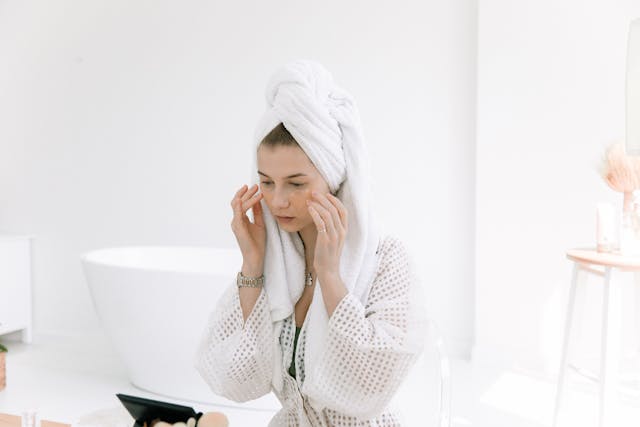Acne is a common skin concern that affects people of all ages, especially teenagers and young adults. It can impact confidence and well-being, making it important to explore effective ways to manage and improve the condition. While clear skin may feel out of reach at times, several approaches can help minimize breakouts and promote healthier skin.
Understanding Your Skin Triggers and Acne
The first step in treating acne effectively is understanding your skin type and the factors that may trigger breakouts. Skin types range from oily to dry, and acne often results from excessive oil production or clogged pores. Identifying your skin type helps you choose products and routines that work best for you.
Triggers such as hormonal changes, stress, and diet may play a role in worsening acne. While these factors vary for each person, keeping a journal to track breakouts and potential triggers can provide valuable insights. Once you understand what affects your skin, you can take steps to reduce or prevent flare-ups.
Establishing a Skincare Routine
A consistent and gentle skincare routine is key for managing acne. Start with a cleanser designed for acne-prone skin that removes dirt, oil, and makeup without stripping moisture. Using a gentle cleanser twice a day can help keep pores clear and reduce skin irritation.
Follow cleansing with a non-comedogenic moisturizer to keep skin hydrated without clogging pores. Sunscreen is also key, as some acne treatments can make skin more sensitive to the sun. Opt for a sunscreen labeled “oil-free” or “for acne-prone skin” to protect without causing breakouts.
Over-the-Counter Treatments
There are several over-the-counter (OTC) treatments designed to target acne and prevent new blemishes from forming. Benzoyl peroxide helps reduce bacteria and inflammation, while salicylic acid exfoliates the skin to prevent clogged pores. These ingredients are available in cleansers, spot treatments, and creams.
Another option is products containing alpha hydroxy acids (AHAs), which gently exfoliate to improve skin texture. Always start with low concentrations of these treatments to minimize irritation, and follow the instructions carefully. Patience is key with OTC treatments, as visible results may take several weeks.
Managing More Stubborn Cases
When acne persists despite your best efforts, it may be time to consult a dermatologist. They can offer professional advice and explore prescription treatments tailored to your needs. Options like topical retinoids or antibiotics can often help treat moderate to severe acne.
For some individuals, in-office treatments like chemical peels or light therapy may provide additional support. These treatments help reduce breakouts and improve the appearance of the skin over time. A dermatologist can guide you through safe options based on your skin type and specific concerns.
Supporting Your Skin from the Inside Out
Healthy skin starts from within, and small lifestyle changes can make a big difference. Staying hydrated and eating a balanced diet that includes plenty of fruits and vegetables can support overall skin health. Stress management is equally important, as stress hormones can contribute to breakouts. Practices like exercise, mindfulness, or sufficient sleep may help keep stress levels in check, allowing your skin to function optimally.
Moving Toward Clearer Skin
Achieving clearer skin takes time, effort, and patience. By combining a consistent skincare routine, effective treatments, and healthy habits, you can work toward minimizing acne and improving your skin’s overall appearance. If you’re uncertain about where to start, consider seeking guidance from a skincare professional to create a plan tailored specifically to your needs.

